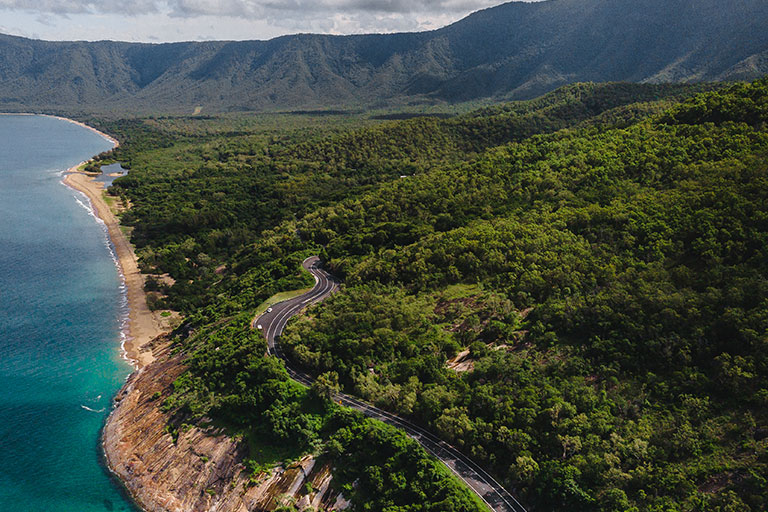In addition, it could take up to two years to fix infrastructure damaged by Cyclone Jasper and the subsequent floods, according to the Queensland Reconstruction Authority (QRA).
Cairns Regional Council has published figures detailing $398 million in direct costs from Jasper but QRA has warned that physical damage is not the only impact – during a recent visit to the region it found mental health issues were also a factor.
While tourism is not the only industry in the region, it is a vital contributor to the economy.
In the 2022-2023 financial year, total tourism sales in Cairns were $3.7 billion, the sector’s value-add was $1.8 billion and tourism employed more than 15,000 people directly and indirectly.
Cyclone Jasper was a category two cyclone when it crossed the coast north of Cairns on December 13 last year and, while it was not the most severe cyclone to hit northern Australia, it stalled over the region and dumped 2,200mm of rain in what the Bureau of Meteorology described as a once-in-a-century flood.
Cairns Regional Council engaged consultants to conduct an economic impact statement on the event and reported that the flood had a $398 million “adverse impact on the Cairns economy”. A survey of 511 organisations across the region revealed 85.9 per cent were impacted by the event, 73 per cent closed temporarily and 38 per cent said it impacted their employment levels.
“Asset damages to those organisations was more than $100 million, with over 7.5 per cent of respondents stating their asset damages exceeded $500,000,” the council reported, saying it faced a $127 million repair bill for flood damage.
The floods damaged 941 properties, washed away roads, including the major coastal road north to Cape Tribulation, and resulted in 1,000 tonnes of hard waste being collected from homes, as well as repair or replacement of hundreds of metres of water and sewer mains.
On their recent visit, the QRA found families still displaced six months later, who were suffering financial hardship and associated mental health problems.
At the time when the cyclone hit it was reported by local media that the region had less than one percent rental vacancies.
While domestic tourism and some international visitors are returning, staffing the tourism and hospitality sector is dependent on housing staff, often recruited from interstate or overseas.
Given the property damage still needing to be repaired, the ability to attract and retain staff remains an ongoing challenge for tourism and business event operators.




















